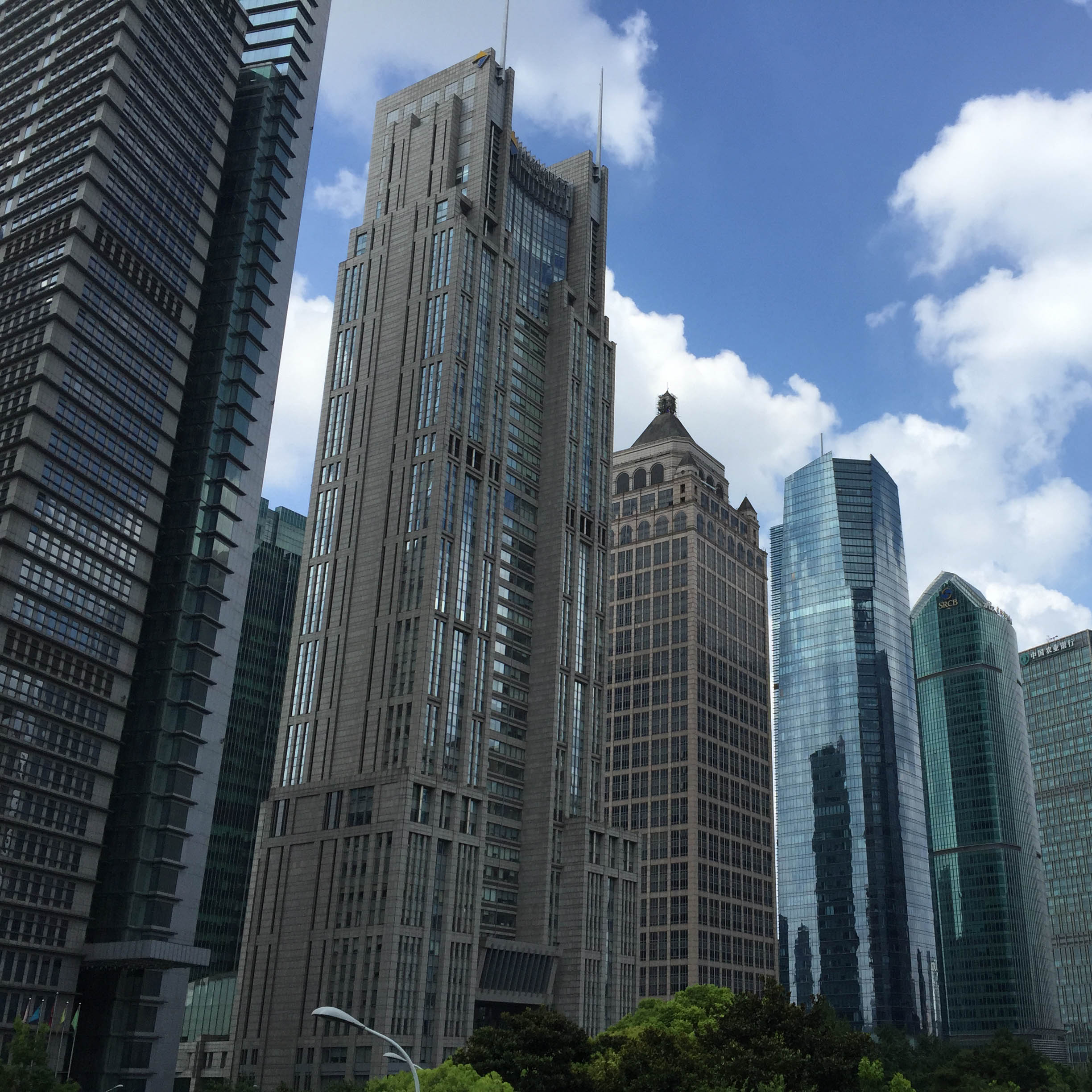Contact we will be able to get free consultation of 30 minutes and offer solutions.




Contact we will be able to get free consultation of 30 minutes and offer solutions.
United States
+ 1 507 3859886
Singapore
+ 65 86200187
China
+ (86 21) 60450886
Email contact info@rtfcpa.com
We will contact you within 24 hours.
 2018-06-30
2018-06-30
In this article, we try to describe the difference between WFOE (Wholly Foreign Owned Enterprise) and RO (Representative Office) in terms of allowable activities, establishment procedure, capital requirement, employment and tax.

Allowable Activities:
A. WFOE: a WFOE is often incorporated as a limited liability company with legal person status. WFOE has full corporate capacity to conduct all the business activities according to its business scope, such as signing contracts, issuing invoices, opening and managing bank accounts in China.
B. RO: a RO is considered as an extension of its investing foreign companyin China, rather than an independent entity. RO shall engage in non-profit making activities in China, and are permitted to conduct the following activities: (i) market research and survey (ii) products and services exhibition for foreign head office and (iii) liaison activities for the investing foreign company. RO is not permitted to issue invoices, sign contracts and receive payments from customers.
Establishment Procedure:
A. WFOE: WFOE establishment requires more application documents and needs to go through more governmental agencies. It will take about 2-3 months for the WFOE to be fully operational.
B. RO: RO establishment requires less application documents and is subject to approval by the local Administration for Industry and Commerce only.Typically, a RO can be established and start operations within 1 month from submission of application.
Capital Requirement:
A. WFOE: WFOE may require to inject a certain amount of registered capital,but there is no requirement on the minimum amount of registered capital and the prescribed time to inject the capital except for certain industries.
B. RO: RO
has no registered capital requirement; the investing foreign company
may remit operating funds to RO to the extent necessary for its daily
expenditure.
Employment:
A. WFOE: WFOE is allowed to employ their staff directly in accordance with the applicable labor laws.
B. RO: the
RO is also not entitled to employ the staff of Chinese nationality
directly. It must engage a qualified human resources agency (FESCO) to
hire local staff and then such agency will second the local staff to the
RO.
Tax:
A. WFOE: WFOE will compute itsrevenue, cost or expenses and file taxes based on actual profits accurately computed based on their books and records. Corporate Income Tax (CIT) at a rate of 25% and Value-Added Tax (VAT) for general taxpayers at arate of 17% for sales of goods and 6% on services while small taxpayers at arate of 3% for both sales of goods and services.
B. RO: in circumstances where the RO cannot correctly compute its revenue, cost, or expenses, or cannot file tax returns using the actual profit-based method dueto insufficient books and records, the tax authority may determine the taxableincome of the RO using the actual revenue and deemed profit method. The CIT rate is at 25% and VAT at 3% or 6% based on whether the annual deemed revenueis over 5 million RMB or not.
Conclusion- why it is better using the WFOE:
Whether
registering as a WFOE is better or not willall depend on the current
objectives of the foreign enterprise such as the business scope, number
of employees, amount of taxes, future objectives, etc. A WFOE is more
suitable for that investor who is confident about the Chinese market and
is keen to keep a long-term presence in China. A WFOE as described
above will be more flexible in terms of business operations, employment,
funds repatriation and also more tax effective.









Address: Room 708, Allianz Building, 38 East 3rd Ring North Road, Chaoyang District, Beijing 100026,PRC
Address: 3107, Shanghai Merchants Tower, No. 161 Lujiazui East Road, Pudong District, Shanghai 200120,PRC
Room 1001 Broadengate Software Tower Binhai Avenue Nanshan District Shenzhen,shenzhen 518056,PRC
9 Temasek Boulevard, Suntec Tower 2, #09-01 Singapore 038989
Address: 339 5th Avenue,Suite 501 New York,NY 10016
7000 Falls Reach Drive,#205,Falls Church VA 22043
We will contact you within 24 hours.